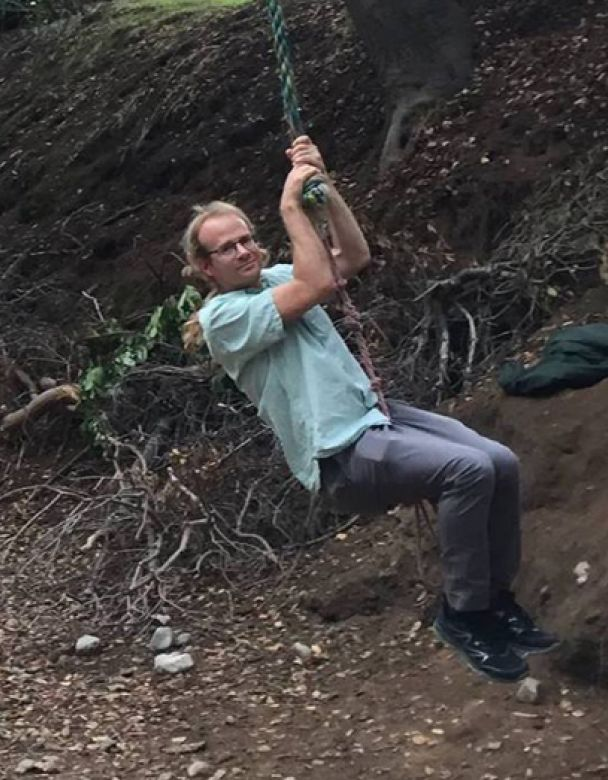Ran Abramitzky writes:
As
some of you know, I have a book coming out soon (with my long-time collaborator
Leah
Boustan) using big data to tell a new story about
immigration and the American Dream.
I’m
thrilled to announce that Streets of Gold:
America’s Untold Story of Immigrant Success will
be published at the end of the month by PublicAffairs with preorders
(hardcover and Kindle) available now. Audio book is also coming soon.
Leah and I felt compelled to write this book because we believe
that immigration is one of the most fraught, and possibly most misunderstood,
topics in American public life. Most of the things that we believe about immigration
– both on the left and on the right – are based largely in myth, not in facts.
In
setting out to establish the facts, we were like curious grandchildren
searching for our own family tree, but a million times over. We analyzed
millions of immigrant families in the past and today. What we found surprised
us, overturning many of our own preconceptions.
- Upward
Mobility: Children of immigrants from
nearly every country, especially those of poor immigrants, do better
economically than children of U.S.-born residents – a pattern that has
held for more than a century.
- Rapid
Assimilation: Immigrants accused of lack of
assimilation (such as Mexicans today and the Irish in the past) actually
assimilate fastest.
- Improved
Economy: Immigration changes the economy
in unexpected positive ways.
The
book is a fast read, and
we interweave the data with stories of immigrant
families.
I
would truly appreciate your help leading up to the book’s launch. If you are
interested in buying a copy, think about pre-ordering now.
Preorders are essential for raising the visibility of new books. Please also
share the word with other friends and family who are interested in America’s immigration
history.
Thank
you!
Ran
P.S. the book got some
great endorsements (pasting here shortened versions):
“This
wonderful and highly readable book sets the record straight about the
hot-button issue of immigration. A must-read for anyone who care about this
important issue.”
Daron Acemoglu, MIT, coauthor of Why
Nations Fail
“A
compelling story about how millions of immigrant families achieved the American
Dream that will help reshape the narrative about immigration and opportunity in
the United States.”
Raj Chetty, Harvard University
“Uplifting
in its message, engaging in its composition, and powerful in its significance,
Streets of Gold is A New World Symphony in words and numbers.”
Claudia Goldin, Harvard University
“Streets
of Gold has the facts about the amazing and often surprising history of
American immigration.”
Angus Deaton, Nobel Laureate in
economics
“A
gem of a book, grounded in deep original research and made lively by moving
personal accounts”
Esther Duflo, Nobel Laureate in economics
“A
highly engaging book that separates fact and fiction and busts many of the
myths that pervade the current discussion on immigration policy.”
Guido Imbens,
Nobel Laureate in economics
“Unprecedented
data, empathetic personal histories, joyous writing, practical solutions and a
compelling counter-Zeitgeist narrative.”
David Laitin, Stanford University
“The
optimism that runs through Streets of Gold is based on rock
solid-evidence.”
Doug
Massey, Princeton University
“Armed
with reams of new data, elegantly written, and meticulously researched, Streets
of Gold is as timely as it is magisterial.”
Joel Mokyr, Northwestern
University
“Fascinating
and hard to put down history of American immigration, based on new sources of
data, and conveyed by powerful story-telling”
Alvin E. Roth, Nobel laureate in economics
“Pathbreaking.”
Andrew Selee, President, Migration Policy
Institute
“An
absolute treasure, the perfect book on immigration.”
Zack Weinersmith, New York Times
Bestselling author of Soonish












